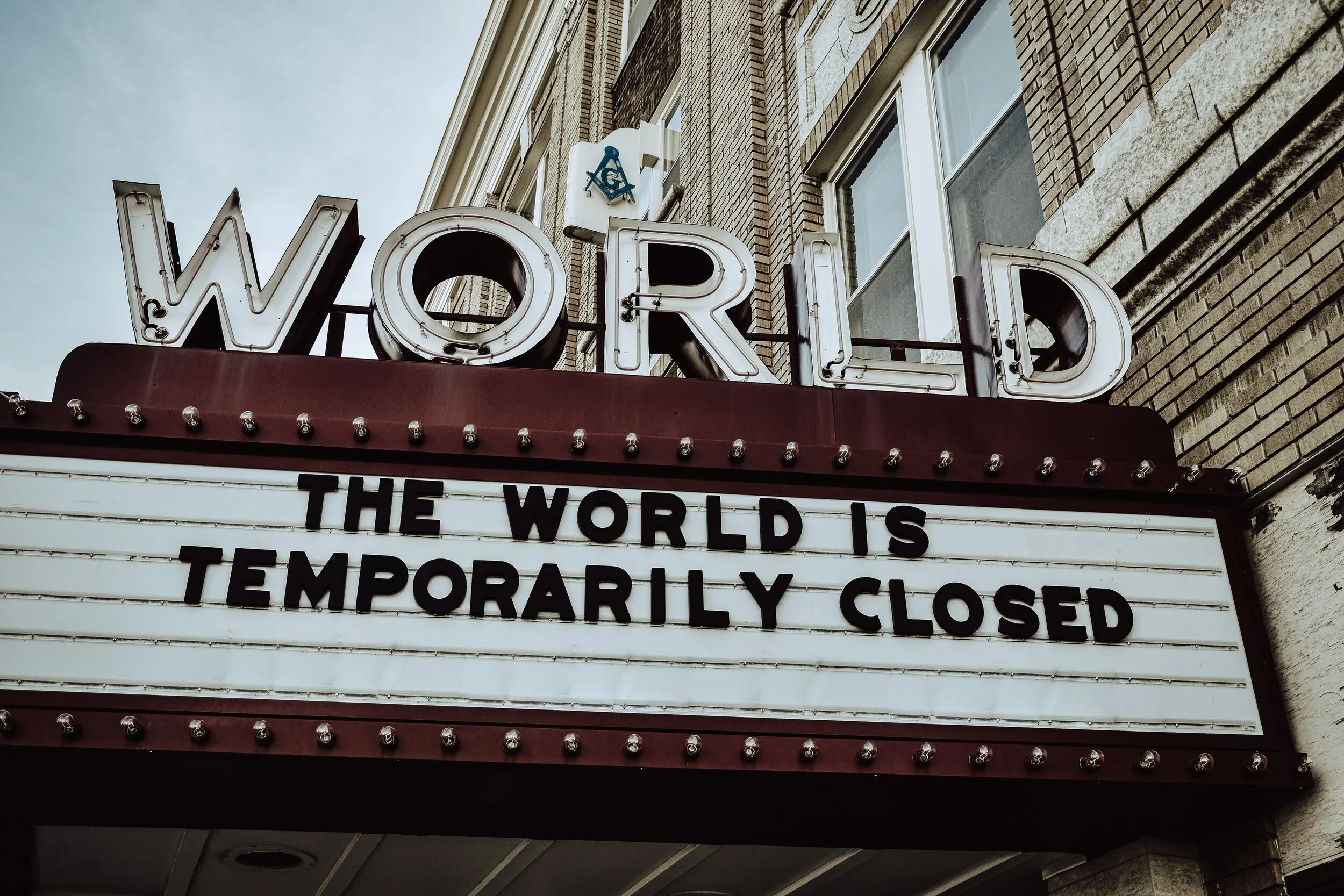How Sex And The City Changed The Narrative Around Female Sexuality
Unless you live under a rock, you’ll have heard that Sex and the City is getting a reboot – sans Samantha Jones, but that’s another story. The new limited series, And Just Like That, will follow Carrie, Miranda and Charlotte, now older (dare we say wiser?) and their stories, picking up where the show’s original six seasons and two movies left off. Like many shows of the same era (Friends, we’re looking at you), Sex and the City hasn’t aged as graciously as HBO had probably hoped, but despite its problematic storylines and overall lack of diversity, it still stands firm as a cult classic of its time. And whilst we could sit and pick holes in the show, I think it’s important to highlight something that it did do well – and that’s how it altered the narrative around women and their sexuality, ultimately paving the way for later shows that celebrated female friendships and sexual liberation.
It bit back at slut-shaming.
There were multiple instances where slut-shaming was brought up within the various storylines of the leading ladies, but the most memorable was Miranda’s encounter with Magda after she realises that her vibrator had been replaced with a statue of the Virgin Mary (S3, E3). When she confronted her, Miranda said, “I drink coffee and have sex and buy pies and enjoy battery-operated devices. If you can’t deal with that, I will find another housekeeper who can.” The second most memorable was after an awkward showdown between Samantha and Carrie, after Carrie catches her performing oral on a delivery guy and slut-shames her for it (S5, E4). Samantha rebuffed with, “I will not be judged by you or society. I will wear whatever, and blow whomever I want, as long as I can breathe and kneel.”
It turned the tables on just male stars enjoying casual sex.
Samantha Jones became undoubtedly a TV icon and was one of the first female characters shown on TV to enjoy sex in a casual, no-strings-attached kind of way. Whilst casual sex was a topic already addressed in many shows, it was always a male character who got to enjoy the benefits of it. Samantha Jones was able to embrace her sexuality in and enjoy herself throughout the series, which was (mostly) celebrated – there are many characters who wouldn’t exist in modern TV and film if it weren’t for her. Apparently, studies showed that less people believed pre-marital to be wrong than they did before the show started.
Self-pleasure was normalised.
If you can’t remember the Rabbit episode, did you even watch Sex and the City? Notably one of the most referenced episodes of the show within feminist circles is The Turtle and the Hare (S1, E9), where Miranda recommends the Rabbit to Charlotte. Later on, she visits a sex shop, buys one, which quickly results in an obsession that leaves her ditching on her friends to stay home with the toy. After a few cancellations too many, Carrie, Miranda and Samantha hold an intervention, and just like that (no pun initially intended, but we’ll take it), the Rabbit becomes a cult product and sales go through the roof. The storyline not only normalised self-pleasure, but normalised sex toys too, both subjects that were completely taboo and unheard of on primetime TV.
It showed examples – both good and bad – of adult conversations about consent.
When it comes to sex, consent is above all the most important part, but conversations around consent rarely got much airtime across any shows. Whilst Sex and the City wasn’t perfect for it, it did show both good and bad examples of it. For example, there’s the episode with the guy that Charlotte dates who insists she performs oral, but Charlotte doesn’t want to do it (S1, E7). Clearly, a bad example. But then on the other hand, there’s the episode with Carrie and the politician with the golden shower fetish (S3, E2). She’s not feeling it, so she discusses with him if there are alternative ways that she can make him feel good without doing something that she doesn’t want to do. Good example.
It showed a woman prioritising herself over her relationship.
Whilst Sex and the City revolved largely around dating, relationships, and storylines were mostly involving partners, the first of the movies showed Samantha choosing herself over her relationship with the lovely Smith. Their relationship ended in LA, where Samantha had lost sight of herself and missed New York, with her telling Smith: “I’m gonna say the one thing you aren’t supposed to say: I love you… but I love me more. I’ve been in a relationship with myself for 49 years and that’s the one I need to work on.” After droves of TV shows and films that show a happy ending as two people coupling up, Sex and the City: The Movie showcased Samantha’s solo happy (albeit bittersweet) ending.
We learnt more about sex through SATC than we did in school.
Sex education is so below-par within schools, that many of us grew up still not actually having a clue about anything, apart from how to not get – or get someone else – pregnant. Sex and the City provided a different kind of education, where your eyes were opened to a completely different world between what you were taught by the school nurse or your awkward conservative health teacher who would mouth the word “condom” rather than say it. The show covered everything from one-night stands to oral sex, fetishes to self-pleasure, and with a little help from Samantha, the “try-sexual” (She’ll “try anything once.” S3, E4) we learnt a lot more than we would've in class.
For all its faults, it's important to acknowledge the good that Sex and the City brought to us when it comes to embracing female sexuality. There are a lot of shows and taboo topics that we wouldn’t see on our screens if it weren’t for the likes of Carrie, Miranda, Charlotte, Samantha, and the writers behind them. So with a new series and new stories, we couldn’t help but wonder… what will the reboot bring to a new generation of viewers?
Image Credit: Getty Images / Paramount
Want to support The Unedit and the work that we do? Buy us a coffee.








